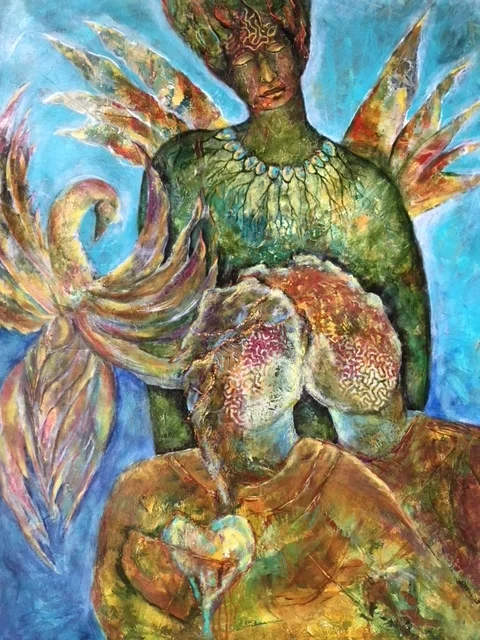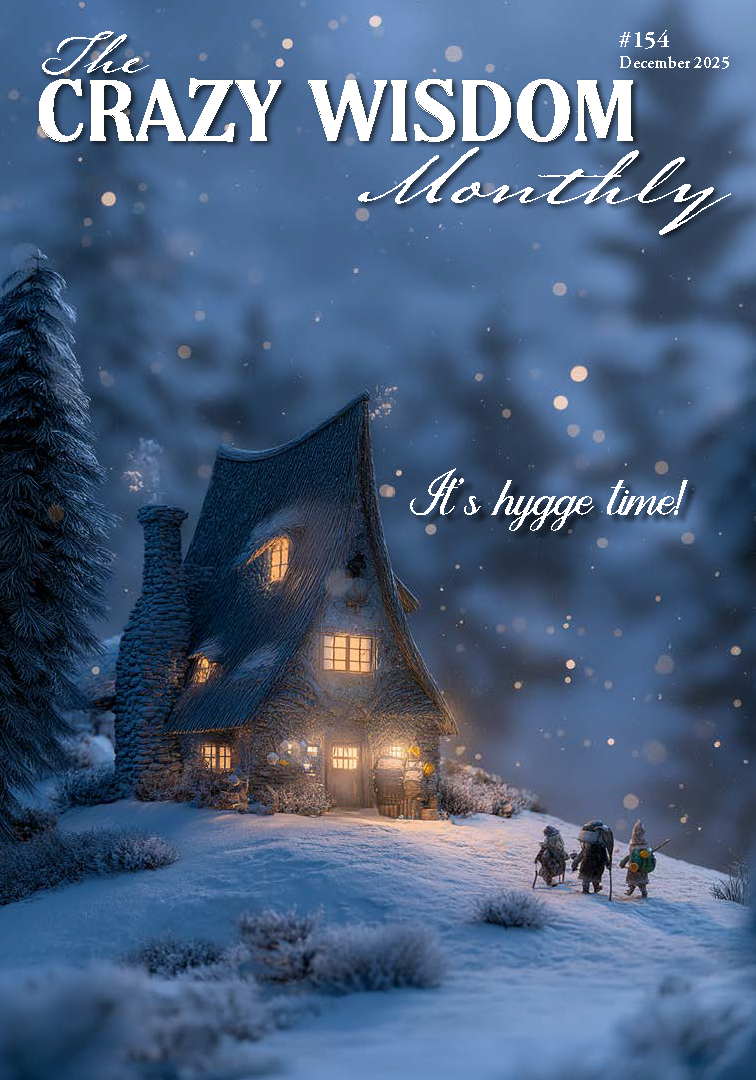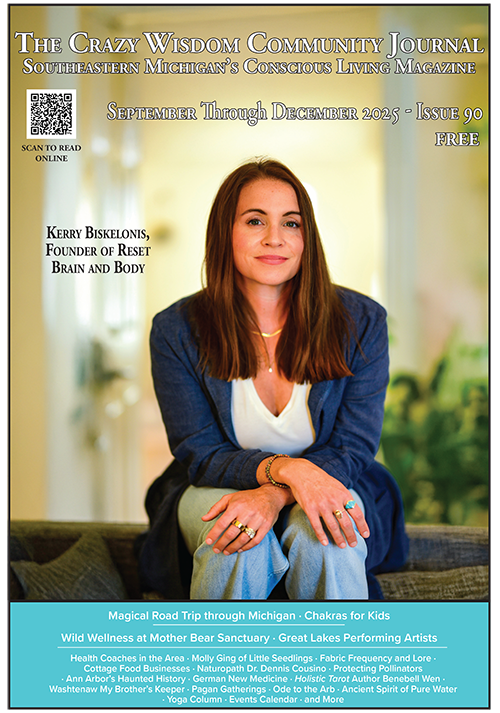by Anne Mondro
(Below is a post by Anne Mondro, artist and associate professor in the University of Michigan Stamps School of Art & Design. Writer Diane Majeske's article "Being Human: The Art of Anne Mondro" was published in our September through December 2015 issue. Read the online version here.)
A few years ago I had the opportunity to visit the University of Michigan anatomy lab to see a dissected human heart. As I studied the intricacy of the heart, a flood of emotions hit me that was so intense I had to sit down quickly or I would have fainted. The researcher was surprised at my reaction given that I often look at medical textbooks to create anatomical forms composed from various materials. Embarrassed by my response, I quickly thanked him and left to digest what just happened. I remember at first seeing the heart purely as a complex form, and how quickly that changed to seeing the heart as the source of one’s love, passion, empathy, and suffering, all of which I was holding in my hands.
Throughout history and cultures the heart has been linked to the center of life. In the 1700s the Western culture viewed the heart as the seat of the soul and it became the single most important word in the human language referring to the mind and the body (1). Today we continue to address the heart as the emotional center of our being and it has become common practice to use phrases such as “broken hearted” and “heart-to-heart” to express our thoughts and emotions.
In my studio practice the heart has taken on a life of its own. It has become a central metaphor in my work to represent the emotions involved in caring for others. This is directly influenced by my community work with persons with dementia. Designing and teaching arts programming to persons with dementia and their care partners, I have spent many hours listening to, observing, and working with this community. It has been an honor to learn from them and I am constantly inspired by how much each of the partners contribute to their relationship in spite of their illness. In my studio I often contemplate their stories, strengths and challenges.
This past July I traveled to Iceland as an artist-in-residence at the Icelandic Textile Center. Living and working with eight other artists in the small Icelandic town of Blöndoús, my project Intertwine started to take shape. In the first couple of weeks I created several wire hearts out of thin wire, which I crochet with a stich I have developed specifically for wire. At first, I started to join the hearts together to represent the various ways we are connected to each other. As I was working and sharing ideas with other artists, I began to rethink the project. I wasn’t sure where it was headed until one evening when the midnight sun poured into the studio. I noticed that my wire hearts were creating striking shadows all over my work desk. The shadows were mysterious and had a life of their own. This “aha” moment has inspired me to further explore shadows of the heart forms to depict how we are connected to each other through our hearts.
(1) “Timeline: Heart in History” Partners of the Heart [www.pbs.org/wgbh/amex/partners/breakthroughs/b_history.html]
Anne Mondro is an artist and associate professor in the University of Michigan Stamps School of Art & Design. Inspired by her research in the field of art and health, her sculptures and digital images explore the emotional terrain of caring for others. Her artwork has been shown nationally and internationally including exhibitions at Ceres Gallery in NYC, Cranbrook Art Museum, the Powerhouse Museum of Science and Design in Sydney, Brigham & Women’s Hospital, and the University of Texas Southwestern Medical Center. Mondro has permanent art pieces in the University of Michigan Hospital and the Detroit Medical Center Children’s Hospital of Michigan. In addition to her studio practice, Mondro designs and conducts courses and programming focusing on creative aging.
www.annemondro.com; www.retainingidentity.com








































































































































































































Her work blends metal with metaphor, craft with compassion, and art with empathy. It’s unexpected, both in subject and design, and frequently demands a second look. That’s perfectly fine with artist Anne Mondro, an associate professor at the Penny W. Stamps School of Art and Design at the University of Michigan.